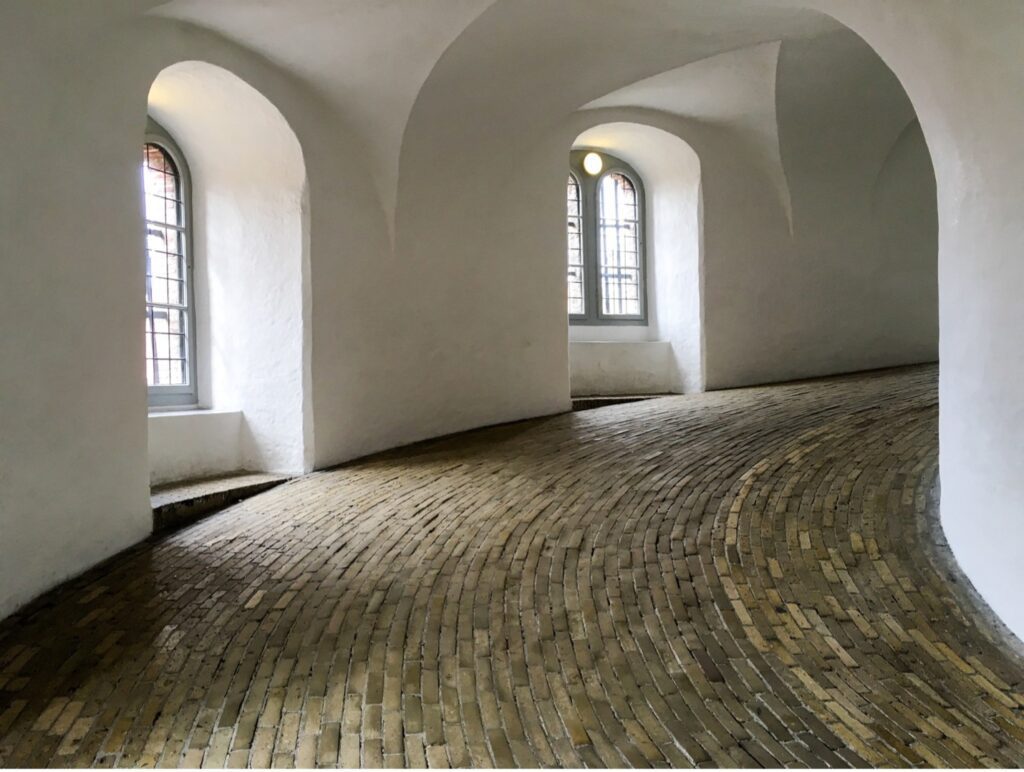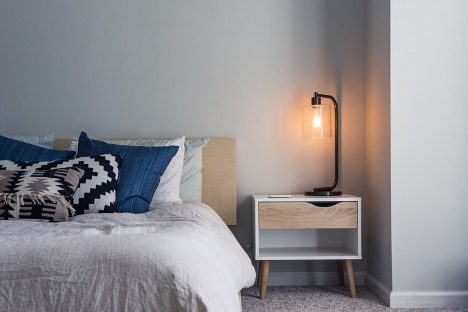Each month, we are examining the core principles of one of the ten concepts of the WELL Building Standard. The Standard identifies over 100 performance metrics, design strategies, and policies that are divided into ten sections or concepts: Air, Water, Nourishment, Light, Movement, Thermal Comfort, Sound, Materials, Mind, and Community. This month, we’re learning more about the Materials Concept.

MATERIALS CONCEPT
INTRODUCTION
The WELL Building Standard is a certification program that focuses on the health and well-being of people in buildings. One of the concepts within the standard is Materials, which aims to promote the use of safe and healthy materials in buildings.
There are many harmful chemicals that can be found in building materials. These chemicals can negatively impact the health and well-being of building occupants. By selecting building materials that are free from these chemicals or have low levels of them, building owners can create a healthier indoor environment.
GOALS
By implementing the Materials concept of the WELL Building Standard, building owners and occupants can create a healthier and more sustainable indoor environment. This can lead to improved health and productivity for occupants, as well as reduced environmental impact. The Materials concept of the WELL Building Standard has three main goals:
- Reduce exposure to harmful chemicals: This goal is achieved by promoting the use of materials that do not contain harmful chemicals, such as volatile organic compounds (VOCs), formaldehyde, and phthalates. Materials that have been third-party certified as safe, such as Cradle to Cradle Certified™ products, are encouraged.
- Encourage the use of sustainable materials: The second goal is to promote the use of materials that are sustainable, renewable, and have a low environmental impact. Examples of sustainable materials include recycled content materials, materials with a low carbon footprint, and materials that are responsibly sourced.
- Promote transparency and education: The third goal is to promote transparency in material selection by requiring manufacturers to disclose the ingredients in their products. This information helps building owners and occupants make informed decisions about the materials they use. In addition, education and awareness programs are encouraged to inform occupants about the benefits of healthy and sustainable materials.
HARMFUL CHEMICALS FOUND IN BUILDING MATERIALS
- Volatile organic compounds (VOCs): These are chemicals that can be released into the air from products like paints, adhesives, and cleaning products. They can cause a range of health problems, including eye, nose, and throat irritation, headaches, and dizziness.
- Formaldehyde: This is a colorless gas that is commonly found in products like plywood, particleboard, and insulation. Exposure to formaldehyde can cause respiratory problems, skin irritation, and cancer.
- Phthalates: These are chemicals that are often added to plastics to make them more flexible. They can be found in products like flooring, wall coverings, and furniture. Phthalates have been linked to reproductive problems and developmental issues in children.
- Flame retardants: These are chemicals that are added to products like furniture and electronics to make them less flammable. They can be found in foam cushions, electronics, and building insulation. Some flame retardants have been linked to cancer, hormone disruption, and developmental problems.
- Lead: This is a toxic metal that can be found in old paint, pipes, and plumbing fixtures. Exposure to lead can cause neurological damage, learning disabilities, and other health problems.

HEALTH IMPACTS OF HARMFUL CHEMICALS
- Respiratory problems: Many chemicals found in building materials can irritate the respiratory system, causing coughing, wheezing, and difficulty breathing. This can be especially problematic for people with asthma or other respiratory conditions.
- Skin irritation: Chemicals like formaldehyde and phthalates can cause skin irritation and rashes.
- Headaches: Some chemicals can cause headaches and migraines, including VOCs found in paints and adhesives.
- Dizziness and nausea: Exposure to high levels of certain chemicals can cause dizziness, nausea, and vomiting.
- Hormone disruption: Some chemicals, such as phthalates, can disrupt the body’s hormone balance, potentially leading to reproductive problems and developmental issues in children.
- Neurological damage: Exposure to lead, which can be found in old paint and pipes, can cause neurological damage, learning disabilities, and other health problems.
- Cancer: Some chemicals found in building materials, such as formaldehyde and certain flame retardants, have been linked to an increased risk of cancer.

WAYS TO AVOID HARMFUL CHEMICALS
- Choose low or zero-VOC paints: Look for paints labeled as “low VOC” or “zero VOC” to reduce your exposure to volatile organic compounds.
- Use natural cleaning products: Many cleaning products contain harmful chemicals, including VOCs and phthalates. Choose natural cleaning products that are free from these chemicals.
- Ventilate your home: Proper ventilation can help to reduce the concentration of harmful chemicals in your home. Open windows and use exhaust fans to improve air circulation.
- Use air purifiers: Air purifiers with HEPA filters can help to remove harmful particles from the air in your home.
- Choose natural building materials: Look for building materials that are made from natural, sustainable materials, such as bamboo or cork flooring, or recycled content materials.
- Check for lead: If your home was built before 1978, it may contain lead-based paint. Have your home tested for lead and hire a certified professional to remove any lead-based paint.
- Avoid flame retardants: Choose furniture and household items that are free from flame retardants, which can contain harmful chemicals. Look for items made from natural materials, such as wool, linen, or cotton.
Overall, exposure to harmful chemicals in building materials can have a negative impact on the health and well-being of building occupants. By selecting safe and healthy materials, building owners can create a healthier indoor environment and reduce the risk of these health impacts.
At TSD we believe it is important for both professionals (architects, interior designers, and contractors) as well as building users (homeowners, business owners, school administration, maintenance personnel, etc.) to understand the problems as well as the potential solutions for creating and maintaining healthy interior spaces. By designing interior spaces and sourcing materials in a strategic way, we can reduce exposure to harmful chemicals and create healthier indoor environments.
If you want to know more about making your home or office a safer and healthier environment, reach out to us by email or DM us on Instagram. Also, stay tuned next month when we introduce the ninth WELL concept: Mind.

Taleah Smith Design is an interior design studio based in Vancouver, British Columbia. We specialize in interior design that promotes wellness and sustainability. We believe your living space should promote a greater sense of health and wellbeing, and we approach this goal from many difference angles. If you would like to discuss a project, you can reach out to us here.
We also provide resources and consulting for other interior designers looking to integrate wellness and sustainability into their design practices. If you would like to learn more, contact us here.
